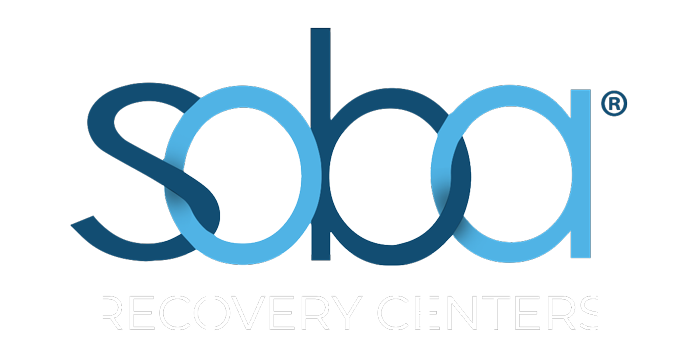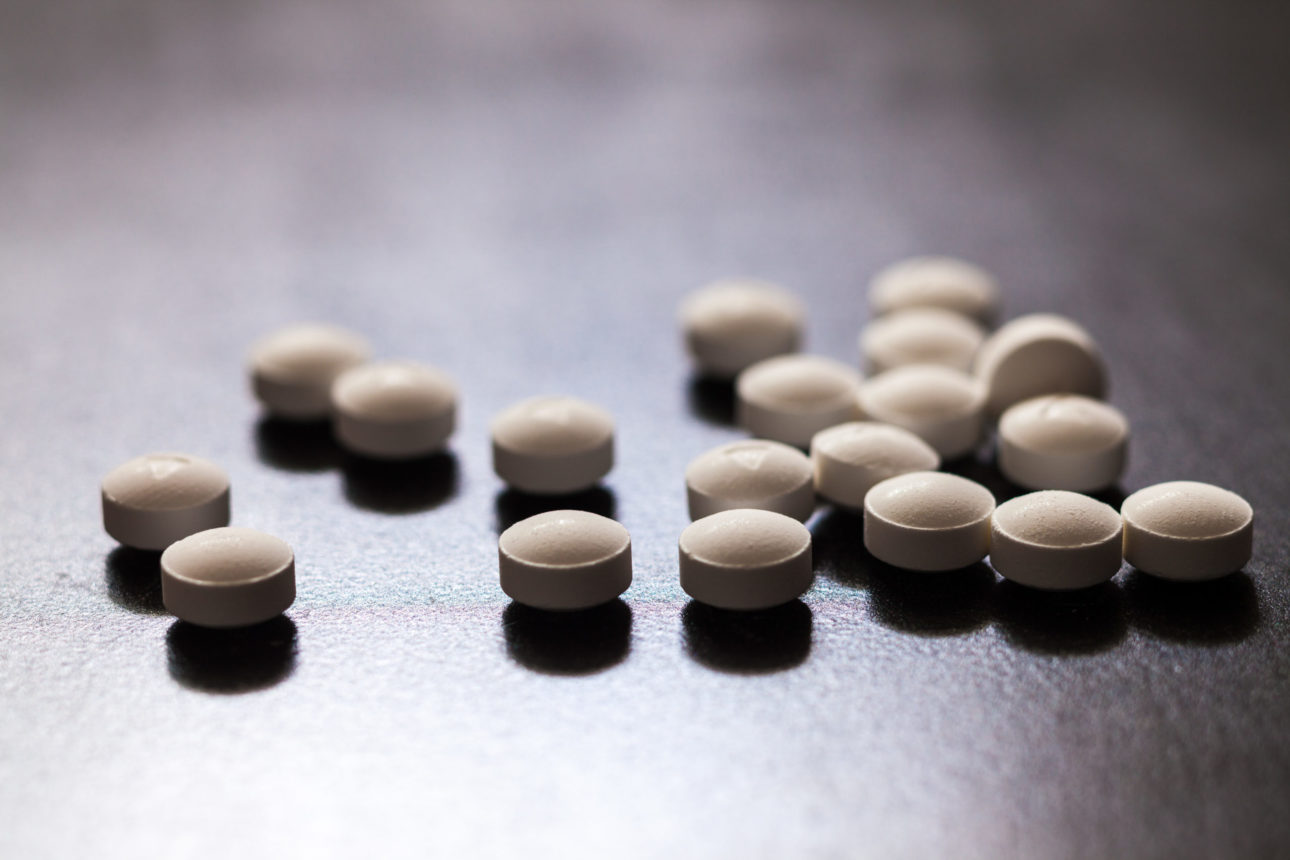There are a number of significant challenges someone has to face when trying to overcome substance abuse. One of the most intimidating topics to discuss is withdrawals. The symptoms can vary from being mild to severe and are different for everyone. Withdrawal symptoms also depend on the substance someone is abusing.
Withdrawal typically takes place during detox (the first few days of the recovery period). The good news is medical detox helps make withdrawal as comfortable as possible for drug and alcohol users. At Soba Recovery we provide a comprehensive detox program to help our clients overcome substance abuse, making recovery within your reach.
What are Withdrawals?
When someone is addicted to drugs or alcohol, the body has been conditioned to believe it needs those substances to survive. As those substances and toxins start to leave the body, people will start to experience cravings. This is the driving force that has powered their addictions from day one. When the body doesn’t get these substances quickly it will enter withdrawal.
Some withdrawals can cause health complications or lead to relapse. For this reason, it’s important to lean on trained professionals who provide around-the-clock care. You don’t have to go through this alone. Withdrawal can be one of the most challenging phases of recovery but once you overcome withdrawal you can overcome anything.
What do Opioid Withdrawals Look Like?
Withdrawal is going to take many shapes and forms and depends on the substance someone is addicted to. For example, someone who is going through withdrawal from benzodiazepines may develop seizures. Withdrawal from alcohol may take a course known as delirium tremens, often shortened to DTs. There are a few common symptoms opioid users experience during withdrawal.
One of the first symptoms is opioid cravings. Someone may feel a powerful drive to use drugs once again. This can evoke an emotional reaction. Muscle aches are soon to follow as well as body pain. Lack of sleep is also common as cravings can keep someone up at night. Eventually, individuals develop agitation and anxiety. One of the most common comparisons for opioid withdrawals is they are like having the flu.
How Long Does Opioid Withdrawal Last?
Withdrawal symptoms can start as soon as six hours after the last dose of drugs. Some people even notice symptoms as quickly as two hours after the last dose. If the addiction is a longer-acting opioid medication, the symptoms may be delayed for up to a day.
Within 72 hours, the symptoms should peak. This peak might be delayed if someone is using a longer-acting opioid. Then, over the next few days, the symptoms are going to subside gradually. Again, if the opioid is longer-acting, this process may be a little longer. Withdrawal periods vary from person to person but on average last around five days.
Get Help
The National Institute on Drug Abuse (NIDA) published between 26.4 million and 36 million people around the globe abuse opiate drugs, which includes prescription pain relievers and the illegal drug heroin. Know that you’re not alone battling this addiction. Soba Mesa offers medically assisted detox and our clients are monitored 24 hours per day. Our medical practitioners prescribe the correct medicine to alleviate the discomfort associated with the withdrawal symptoms mentioned above. Contact us to get help. We would be honored to assist you with addiction treatment.



